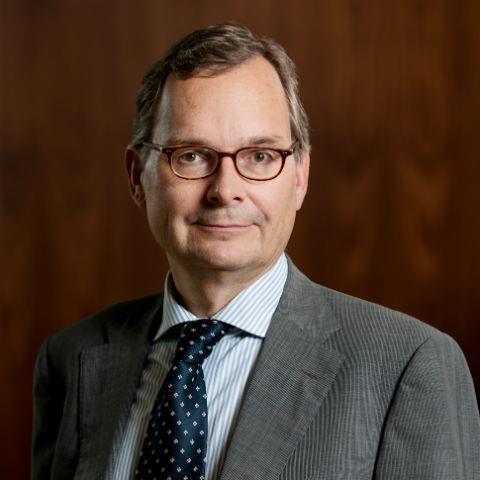Dutch pension funds urgently need updated risk models as the current financial assessment framework (FTK) means they miss investment opportunities and exposes them to rising interest rates, according to PGGM’s chief investment officer Eloy Lindeijer.
Speaking to IPE’s Dutch sister publication Pensioen Pro, Lindeijer said schemes were stuck with low-yielding or even loss-making fixed income holdings.
“They are a big source of volatility, and investing in them means a direct loss in real terms and comes at the expense of opportunities,” he said.
The investments would be hard hit when interest rates rose again, for example as a result of the European Central Bank ceasing its quantitative easing policy, the investment chief said.
“During the past few years we have benefited from the low-rate policy, as equity markets rose and hedging through swaps and bonds was profitable,” Lindeijer explained. “But now the reverse effect looms.”

He said that he would like to divest from Dutch, German and Austrian government bonds, as well as long-duration interest swaps, in favour of inflation-matching investments such as European property and core infrastructure.
The FTK gave the wrong incentive by requiring pension funds to hedge their liabilities against a volatile risk-free market rate, he argued. “This leads to significant investments in government bonds and swaps, with the liquidity call on swaps hampering taking additional stakes in long-duration private investments.”
Lindeijer also criticised the FTK’s risk model, in which property and infrastructure had a high risk weighting whereas euro-denominated government bonds were deemed low risk.
Bespoke risk models
Underfunded schemes – including PGGM’s main client, PFZW, and other large sector pension funds ABP, PMT and PME – are not allowed to add investment risk, whereas schemes that can face higher buffer requirements if they raise their risk profile.
In Lindeijer’s opinion, pension funds should be allowed to apply their own fine-tuned risk models to bring their investments in line with what is “sound long-term economic policy”.
“It is about broadening the selection of approved matching assets, such as the most solid infrastructure projects, European property and long-duration mortgages,” the CIO argued. The Netherlands’ current risk model is “too static” and predates the financial crisis, “when there was a glut of well-returning matching assets”.
He emphasised that, post-financial crisis, not even government bonds are always safe given their susceptibility to rising interest rates and default risk from countries such as Italy.
Discount rate
The current discount rate for liabilities was a big source of volatility at pension funds, he said, highlighting its pro-cyclical effects.
“If equity markets decline, the risk-free interest rate often falls as well, causing an additional hit on schemes’ coverage ratio. Subsequently, underfunded pension funds can’t increase equity risk, while they would like to invest when markets have bottomed,” he explained.
Lindeijer said a stable discount rate would enable pension funds to take the right investment decisions.
“As the Netherlands doesn’t have sufficient clout to affect ECB policy, it can change the way we deal with the FTK,” the CIO argued.
The FTK’s risk model has also been criticised by Dutch-Canadian pensions expert Keith Ambachtsheer. In an interview to be published in IPE’s December issue, he argued that “the constant pressure to reduce solvency risk to avoid further pension cuts has reduced the long-term wealth-creating capability of the massive €1.4trn pool of Dutch retirement savings”.
“Too much is dead money, locked up in low-return fixed income instruments,” Ambachtsheer said.









No comments yet